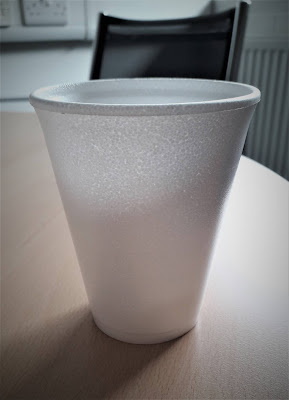When we think about plastics, it is easy to forget that this material family includes a large and ever-growing number of synthetic fabrics. Developed from the second half of the 19th century, familiar examples include polyester (introduced in 1941) with easy-care properties and Lycra® (invented in 1958) with in-built elasticity. Continuous improvement and innovation has led to engineered technical textiles with specific functional properties such as Nomex® (fire-resistance) and Kevlar® (strength).
Increasingly, we are seeing clothing made of recycled plastics commonly using polyethylene terephthalate (PET) bottles and recovered ocean plastics. These sit well with the concept of slow fashion, an approach that has been gaining increasing momentum over the past decade; a reaction against cheap, mass produced clothing and consumerism in favour of more ethical and sustainable standards.
 |
| Image ref: MoDiP’s latest acquisition – the Petit Pli ‘clothes that grow’. Image credit: Katherine Pell |
One of MoDiP’s latest acquisitions is a particularly good example of this. The Petit Pli ‘clothes that grow’ childrenswear range is made from recycled polyethylene terephthalate (PET) bottles, and because no other fibres are included, the clothing can itself be more easily recycled at end of life. However, what is really exciting and different about the design is that it uses origami principles of folding in order to stretch to fit a growing child (there’s a really good demonstration of that here).
 |
| Image ref: The trousers stretched to show the smallest and largest size possible. Image credit: Katherine Pell |
So, how does it work? Literature that accompanies the clothes explains all:
 |
| Image ref: Petit Petit Pli literature explaining how their technology works. Image credit: Petit Pli |
The company are promoting their top/bottom sets as being able to grow up to seven different sizes, adapting to fit a child from 9 months to 4 years old, thereby removing the need to purchase additional clothing. Their patent-pending technology retains a memory so that the pleats can be easily reset if they get caught up in use - a horizontal tug simply pulls everything back in to place. Petit Pli have plans to expand by introducing adult clothing (they’re already producing masks for covid) and hope to inspire others to reduce unnecessary waste.
This object will be available for viewing/research shortly.
Katherine Pell.
Collections Officer.


















